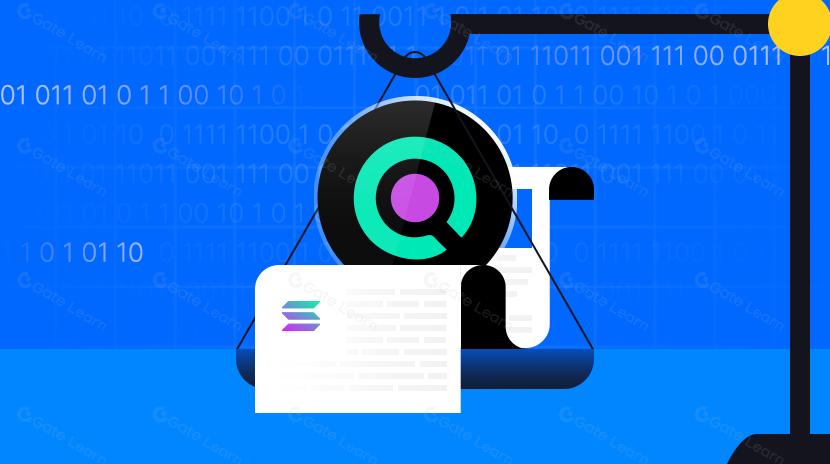¿Qué es ZND (ZND)?
Introducción
ZND es una plataforma financiera basada en blockchain que integra inteligencia artificial para brindar servicios en las finanzas tradicionales y descentralizadas. Ofrece herramientas de ganancias, trading y préstamos, lo que permite a los usuarios gestionar activos digitales a través de una interfaz unificada. La plataforma cuenta con un asistente de inteligencia artificial que analiza datos financieros en tiempo real para ofrecer información personalizada. Los usuarios pueden participar en programas de generación de rendimiento con términos fijos o flexibles, pedir prestado contra los activos mantenidos sin liquidarlos y comerciar con criptomonedas compatibles. ZND implementa almacenamiento de activos sin conexión y controles de riesgo para mitigar amenazas de seguridad. Posee licencias regulatorias en múltiples jurisdicciones, incluyendo Estonia, Lituania, Suiza, Italia, Canadá, Eslovaquia y Polonia. El proyecto está estructurado para expandir sus funciones de inteligencia artificial, productos financieros y alcance de mercado con el tiempo.
¿Qué es ZND (ZND)?

ZND es una plataforma basada en blockchain que integra inteligencia artificial (IA) para proporcionar servicios tanto en finanzas tradicionales (TradFi) como en finanzas descentralizadas (DeFi). La plataforma ofrece herramientas para gestionar activos digitales, incluidas funciones de ganancia, comercio y préstamo. ZND tiene como objetivo simplificar la gestión de activos digitales combinando información impulsada por IA con servicios financieros.
ZND está desarrollado por el equipo detrás de zondacrypto, un intercambio de criptomonedas regulado que opera en el Área Económica Europea. El token funciona como un elemento central dentro del ecosistema más amplio de zondacrypto, desempeñando roles tanto de utilidad como de incentivo en múltiples servicios. Según el anuncio oficial de su listado en XT.com, ZND está diseñado para actuar como un puente entre los sistemas financieros tradicionales y la infraestructura Web3, aprovechando la infraestructura ya establecida por zondacrypto.
Una de las principales integraciones es con zondacrypto pay, una forma de pago de criptomonedas para comerciantes y proveedores de servicios a través de Gate.com. A través de este sistema, ZND se utilizará como método de pago tanto en el comercio en línea como en el físico.
Una característica destacada de ZND es su asistente de inteligencia artificial, que ofrece análisis personalizados y responde a las consultas de los usuarios. Este asistente utiliza datos en tiempo real para ofrecer ideas personalizadas, mejorando la toma de decisiones de los usuarios en actividades financieras. La integración de la inteligencia artificial busca proporcionar a los usuarios información relevante y recomendaciones basadas en sus comportamientos y objetivos financieros individuales.
Además de sus capacidades de inteligencia artificial, ZND ofrece un conjunto de herramientas de gestión de activos digitales. El servicio 'Earn' permite a los usuarios seleccionar entre varias criptomonedas y stablecoins para recibir pagos de recompensa semanales, con tasas de interés anuales (APR) de hasta el 23%. La plataforma también facilita la compra y venta de activos digitales, con el objetivo de proporcionar una interfaz amigable y una estructura de tarifas competitiva.
Historia y equipo de ZND
ZND se lanzó en diciembre de 2023 como parte de un esfuerzo colaborativo entre zondacrypto, una de las principales bolsas de criptomonedas en Europa Central, e ICEO Group, un constructor de empresas especializado en proyectos de finanzas digitales. La plataforma fue desarrollada para proporcionar una solución integrada de gestión de activos digitales, que abarca el comercio, la obtención de ganancias, el préstamo y la exploración de criptomonedas.
El equipo detrás de ZND está formado por profesionales tanto de zondacrypto como de ICEO Group. zondacrypto, establecido en 2014, ha crecido hasta convertirse en uno de los mayores intercambios de criptomonedas en Europa Central, superando los 1.3 millones de usuarios y facilitando más de 180,000 transacciones diarias.
Características principales de ZND (ZND)
Farming

La función de cultivo de ZND permite a los usuarios bloquear sus activos en los planes de servicio 'Ganar', eligiendo recibir recompensas en tokens ZND en lugar de los activos congelados. Este enfoque proporciona flexibilidad y maximiza los incentivos, permitiendo a los usuarios beneficiarse de bonificaciones de tokens mientras contribuyen a la demanda del mercado. Al participar en el cultivo, los usuarios pueden ganar tokens ZND adicionales, mejorando sus rendimientos generales.
Este mecanismo recompensa a los usuarios y respalda el ecosistema al aumentar la utilidad y circulación del token ZND. A medida que más usuarios participan en la agricultura, la demanda de tokens ZND puede aumentar, lo que potencialmente influiría en su valor de mercado.
Programa de Staking ZND

El Programa de Staking de ZND fomenta la participación a largo plazo al permitir a los usuarios bloquear ('congelar') sus tokens ZND por períodos predeterminados, durante los cuales acumulan recompensas. Las recompensas están influenciadas por factores como el Nivel de Fidelidad del usuario y la duración del período de staking. Los Niveles de Fidelidad más altos, alcanzados mediante una participación activa, otorgan aumentos en la Tasa Anual de Porcentaje (APR), mejorando las recompensas finales del usuario. Esta estructura promueve el compromiso sostenido con el proyecto y contribuye a la estabilidad general del ecosistema.
Los participantes pueden elegir entre diversas duraciones de staking, siendo los períodos más largos los que ofrecen mayores recompensas. Sin embargo, la retirada anticipada conlleva el pago de tasas de penalización, las cuales se destinan al Special Pool.
Programa de fidelidad

El Programa de Fidelidad es un sistema basado en puntos que recompensa a los usuarios por su participación activa dentro del ecosistema ZND. Los usuarios acumulan puntos a través de diversas actividades, incluido el comercio de activos y la participación en servicios como 'Ganar' y 'Pedir prestado', especialmente en transacciones que involucran el token ZND. Los puntos acumulados permiten a los usuarios avanzar a través de seis niveles de fidelidad distintos, cada uno ofreciendo beneficios crecientes como acceso a recompensas especiales, descuentos y potenciadores de APR. Para mantener un nivel, los usuarios deben acumular los puntos requeridos dentro de un período de 90 días, fomentando la participación continua y recompensando la participación activa.
Los primeros adoptantes que compraron tokens ZND durante la distribución oficial reciben Niveles de Lealtad de por vida, reconociendo su apoyo. Este sistema fomenta un ciclo de compromiso y recompensa, motivando a los usuarios a permanecer activos dentro del ecosistema. A medida que los usuarios avanzan a través de los niveles, desbloquean mayores incentivos, mejorando su experiencia y compromiso con la plataforma.
Piscina especial

La Piscina Especial está diseñada para recompensar a los primeros partidarios, a los poseedores a largo plazo de tokens ZND y a los usuarios activos que alcanzan niveles altos en el Programa de Fidelidad. Se rellena a través de dos fuentes principales: tarifas de penalización por retiros anticipados en el Programa de Participación de ZND y tarifas comerciales por la compra y venta de tokens ZND en la plataforma. Los tokens acumulados se asignan para lanzamientos aéreos periódicos a los participantes del Programa de Fidelidad y eventos de quema de tokens, que reducen permanentemente la oferta circulante de tokens ZND. Este mecanismo incentiva la participación activa y mejora estratégicamente el valor y la escasez del token ZND con el tiempo.
Al distribuir recompensas a los usuarios leales e implementar quemas de tokens, la Special Pool respalda un modelo deflacionario que puede tener un impacto positivo en la dinámica del mercado del token.
Mecanismo de Quema

ZND implementa un mecanismo de quema para reducir la oferta circulante de sus tokens, con el objetivo de aumentar su valor con el tiempo. Una parte de los tokens acumulados en el Pool Especial se quema periódicamente, eliminándolos permanentemente de la circulación. Este enfoque deflacionario respalda la propuesta de valor a largo plazo del token ZND y se alinea con el compromiso de la plataforma con la sostenibilidad y el crecimiento. Al reducir sistemáticamente la oferta de tokens, el mecanismo de quema crea escasez, lo que puede mejorar el valor percibido de los tokens restantes.
Programa de afiliados
El Programa de Afiliados permite a los usuarios ganar recompensas al referir a otros al ecosistema ZND. Los participantes reciben comisiones de los márgenes en los servicios de Trade and Earn, lo que los incentiva a atraer nuevos clientes y construir una comunidad comprometida. Este programa recompensa a los promotores activos y contribuye al crecimiento de la plataforma al expandir su base de usuarios y fomentar una comunidad sólida.
Al alentar a los usuarios a compartir la plataforma con otros, el Programa de Afiliados influye en el poder del marketing boca a boca para impulsar la adopción. Este enfoque crea un efecto de red, donde el valor de la plataforma aumenta a medida que más usuarios se unen y participan, beneficiando tanto a la plataforma como a sus miembros de la comunidad.
Arquitectura Técnica de ZND
ZND opera en la cadena de bloques Ethereum y sigue el estándar de token ERC-20 para su criptomoneda nativa, ZND. Esta estructura garantiza la compatibilidad con aplicaciones descentralizadas (dApps) y servicios de billetera. Se implementan contratos inteligentes para automatizar varios procesos, incluidos el staking, la agricultura y el programa de lealtad. Estos contratos eliminan intermediarios y ejecutan condiciones predefinidas basadas en las interacciones del usuario. Por ejemplo, cuando un usuario participa en el staking, el contrato inteligente hace cumplir el período de bloqueo y distribuye las recompensas correspondientes, garantizando transparencia y reduciendo el riesgo de errores manuales.
La plataforma integra inteligencia artificial para mejorar la toma de decisiones financieras. Un asistente de IA analiza continuamente datos financieros en tiempo real y comportamientos de usuario para proporcionar ideas personalizadas. Esta funcionalidad ayuda a los usuarios a optimizar su participación en programas de ganancias y apuestas ofreciendo recomendaciones personalizadas basadas en tendencias del mercado y asignaciones de cartera individuales. El asistente de IA también facilita la evaluación automatizada del riesgo, mejorando la eficiencia en la toma de decisiones al analizar múltiples factores en tiempo real.
Se incorporan medidas de seguridad para proteger los activos y mantener el cumplimiento normativo. Los activos digitales se almacenan sin conexión en monederos fríos, reduciendo la exposición a amenazas cibernéticas. Los protocolos de gestión de riesgos supervisan la actividad de la red, detectando transacciones inusuales para prevenir el fraude. ZND está autorizado en múltiples jurisdicciones, incluyendo Estonia, Lituania, Suiza, Italia, Canadá, Eslovaquia y Polonia, asegurando el cumplimiento de los estándares regulatorios. Este marco de cumplimiento proporciona a los usuarios un entorno estructurado y legalmente sólido para la gestión de activos digitales.
¿Qué es el Token (ZND)?

Utilidad del Token ZND
El token ZND funciona como la criptomoneda nativa dentro del ecosistema ZND, facilitando diversas operaciones y servicios. Los usuarios utilizan tokens ZND para acceder a funciones de la plataforma como staking, farming y participación en el programa de fidelización. En el programa de staking, los usuarios bloquean sus tokens ZND por un período específico para apoyar las operaciones de la red, obteniendo recompensas a cambio. La función de farming permite a los usuarios proporcionar liquidez a la plataforma, recibiendo incentivos proporcionales a su contribución. El programa de fidelización recompensa a los usuarios en función de su participación y tiempo dentro del ecosistema, ofreciendo beneficios como tarifas reducidas o acceso exclusivo a nuevas funciones.
Suministro y asignación de ZND

La asignación de tokens ZND está estructurada para distribuir el suministro total en múltiples categorías, asegurando la sostenibilidad a largo plazo del ecosistema. La asignación consta de rondas de financiación para inversores, reservas para el crecimiento del ecosistema, provisiones de liquidez e incentivos para el equipo.
Rondas de inversión
La distribución de tokens incluye varias rondas de ventas para recaudar capital para el desarrollo del proyecto:
- Venta de Semillas (9.8%): Financiamiento en la etapa inicial para asegurar capital inicial y apoyar a los primeros adoptantes.
- Venta Privada (11.9%): Tokens asignados a inversores privados antes de la venta pública.
- Ronda de KOL (1%): Una pequeña asignación reservada para importantes líderes de opinión (KOL) para apoyar los esfuerzos de marketing y adopción.
- Venta pública (etapas 1-4, combinadas ~3.4%): Un enfoque de venta estructurada que libera progresivamente tokens al mercado, garantizando un acceso justo.
- Rondas de lanzamiento (0.8%): Tokens asignados a plataformas de lanzamiento para distribución pública.
Ecosistema y Crecimiento
Una parte significativa del suministro está dedicada a la expansión y sostenibilidad del ecosistema:
- Tesorería (29%): La asignación más grande, sirviendo como reserva para el desarrollo a largo plazo, iniciativas estratégicas y mejoras en la plataforma.
- Socios (8%): Tokens reservados para incentivar asociaciones y colaboraciones que contribuyan al crecimiento del ecosistema.
Soporte operativo y comunitario
Los tokens se reservan para garantizar liquidez, marketing e incentivos internos del equipo:
- Liquidez (8%): Admite el comercio de intercambio y evita grandes fluctuaciones de precios.
- Marketing (5%): Fondos para actividades promocionales y esfuerzos de participación comunitaria.
- Equipo (8%): Incentiva a los principales colaboradores y desarrolladores para garantizar un desarrollo continuo y compromiso con el proyecto.
Programa de Vencimiento ZND

Cada grupo de asignación tiene períodos específicos de barrera y devengo:
- Venta de semillas (9.8%): el 12% de los tokens se desbloquea en TGE, seguido de un periodo de carencia de 8 meses y un período de inversión lineal de 12 meses.
- Venta privada (11.9%): 14% desbloqueado en TGE, con un período de carencia de 6 meses y un período de adjudicación de 10 meses.
- Ronda de KOL (1%): 20% desbloqueado en TGE, seguido de un período de gracia de 2 meses y un período de inversión de 10 meses.
- Etapas de venta pública 1-4 (3.4% combinado): Los desbloqueos de TGE van desde el 16% al 19%, con períodos de gracia entre 1 y 3 meses y períodos de consolidación entre 5 y 7 meses.
- Lanzaderas Redondas (0.8%): 20% desbloqueado en TGE, seguido por un período de carencia de 1 mes y un período de inversión de 7 meses.
- Socios (8%): 10% desbloqueado en TGE, con un período de carencia de 3 meses y un período de bloqueo de 24 meses.
- Tesorería (29%): Sin desbloqueo inicial de TGE, con un período de carencia de 24 meses y un período de asignación de 60 meses.
- Liquidez (8%): 20% desbloqueado en el TGE, sin barrera y un período de bloqueo de 6 meses.
- Marketing (5%): 16% desbloqueado en TGE, sin acantilado y un período de adjudicación de 24 meses.
- Equipo (8%): Sin desbloqueo inicial de TGE, con un periodo de carencia de 12 meses y un período de consolidación de 36 meses.
- Incentivos del Ecosistema (15%): 2% desbloqueado en TGE, sin barrera y un período de inversión de 48 meses.
Diseño Económico de ZND
El diseño económico de ZND se centra en crear un ecosistema sostenible y equilibrado. Los mecanismos de incentivos están estructurados para fomentar la participación de los usuarios y el crecimiento de la red. Por ejemplo, las recompensas por staking y farming están calibradas para atraer a los usuarios manteniendo la estabilidad económica. El mecanismo de quema de tokens reduce periódicamente el suministro total de tokens ZND, creando un efecto deflacionario que puede aumentar el valor de los tokens restantes. Este proceso elimina permanentemente tokens de la circulación al enviarlos a una dirección de billetera inaccesible. Además, el modelo de gobernanza de la plataforma permite a los titulares de tokens participar en los procesos de toma de decisiones, fomentando un sentido de propiedad y participación comunitaria.
Conclusión
ZND combina inteligencia artificial y tecnología blockchain para ofrecer servicios financieros que integran finanzas tradicionales y descentralizadas. La plataforma incluye funcionalidades de ganar, negociar y pedir prestado, con un sistema impulsado por IA que proporciona información en tiempo real y recomendaciones personalizadas. Los usuarios pueden apostar, cultivar y participar en un programa de lealtad que recompensa la participación dentro del ecosistema.
La tokenómica de ZND está estructurada con una distribución controlada, calendarios de bloqueo y un mecanismo de quema deflacionario para garantizar la sostenibilidad a largo plazo. Un modelo de asignación equilibrada distribuye tokens entre inversores, el equipo, incentivos del ecosistema y funciones operativas como liquidez y marketing. El calendario de bloqueo evita la inestabilidad del mercado desbloqueando gradualmente tokens con el tiempo.
Artículos relacionados
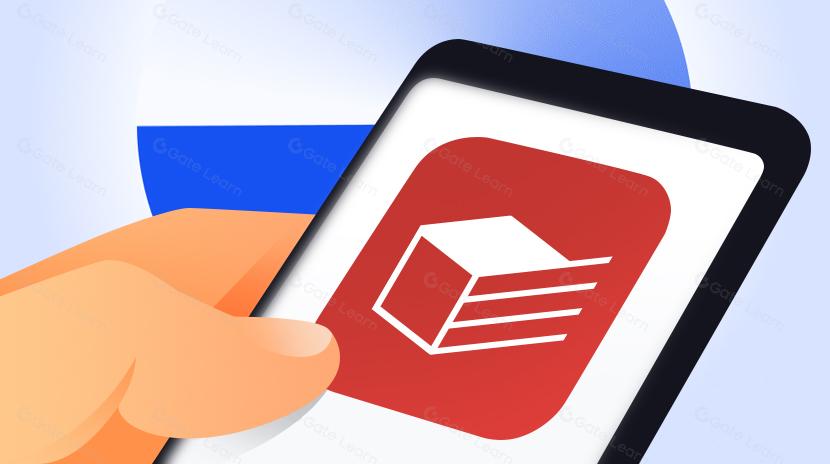
¿Qué es Tronscan y cómo puedes usarlo en 2025?
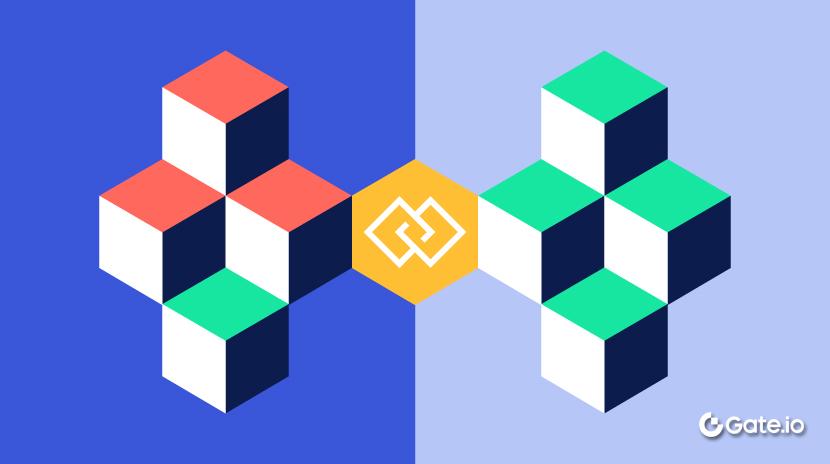
¿Qué es SegWit?
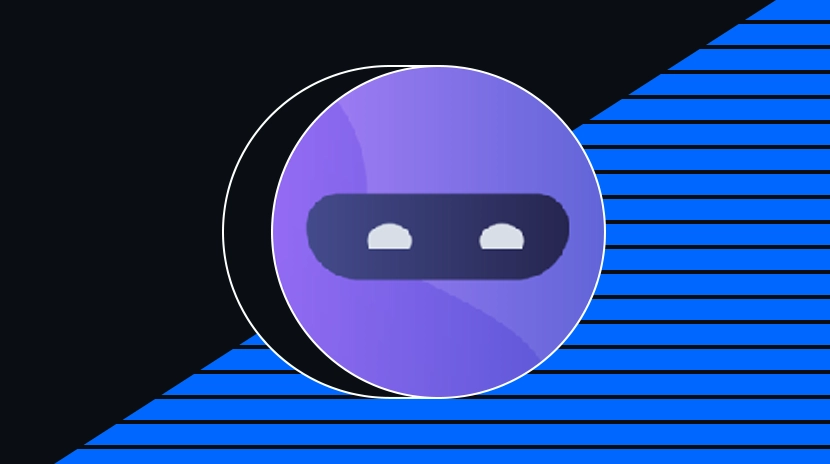
¿Qué es HyperGPT? Todo lo que necesitas saber sobre HGPT
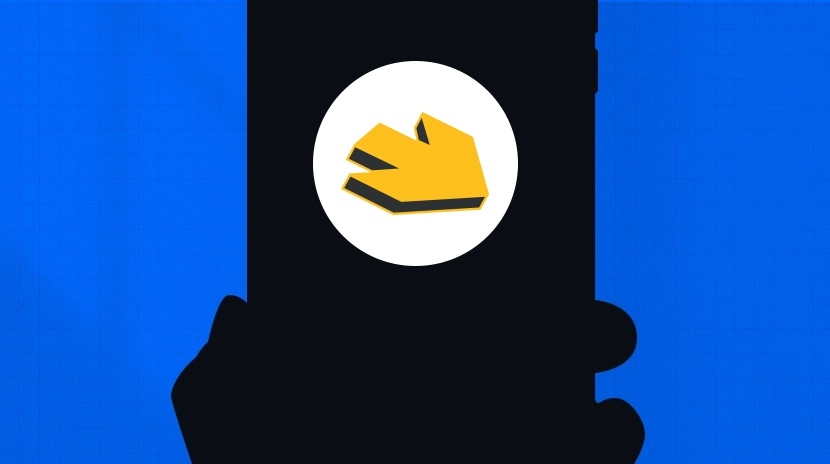
¿Qué es la Billetera HOT en Telegram?
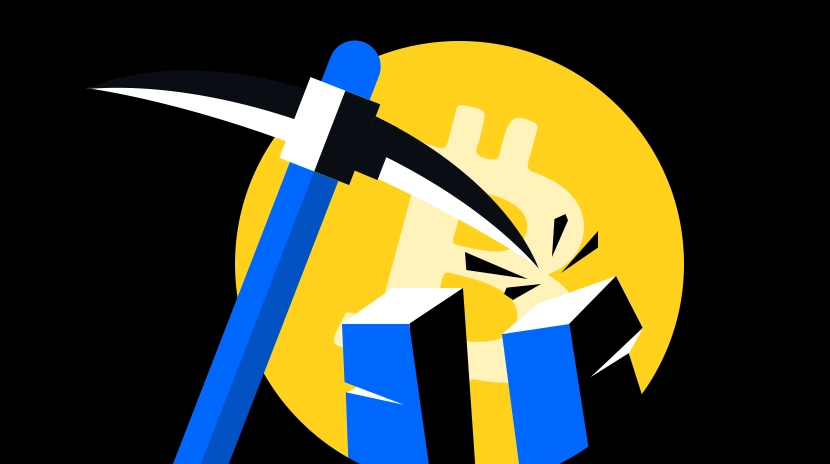
Top 10 Empresas de Minería de Bitcoin
